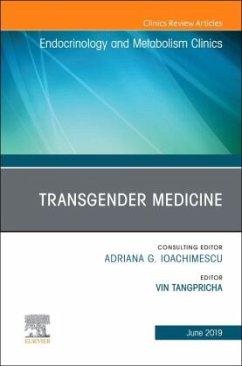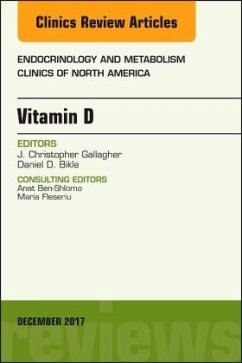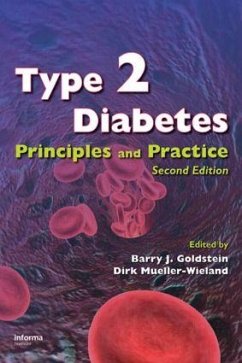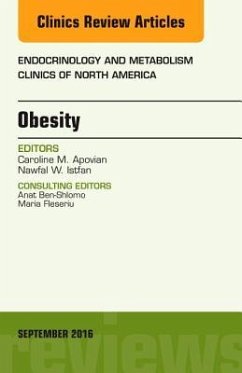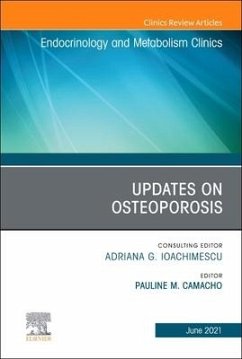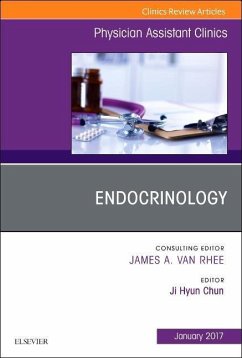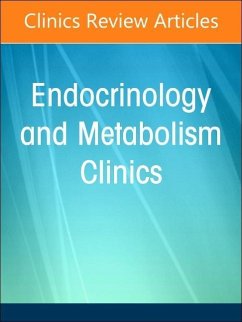
Clinical Cases in Fluid and Electrolyte Balance
An Acute Care Approach
Versandkostenfrei!
Versandfertig in über 4 Wochen
56,99 €
inkl. MwSt.

PAYBACK Punkte
28 °P sammeln!
Clinical case scenarios in a problem-based format!"The main strength of the book is its readability. It is well organized, concise and appropriate to the target audience. Clincal case studies are an invaluable resource in the education and continuing education of students of medical and clinical science and Clinical Cases in Fluid and Electrolyte Balance: An Acute Care Approach is no exception and is a quality addition to the currently available texts."-Gus Koerbin, Principal Scientist, ACT Pathology This latest addition to the Clinical Cases Series consists of common clinical cases that combi...
Clinical case scenarios in a problem-based format!"The main strength of the book is its readability. It is well organized, concise and appropriate to the target audience. Clincal case studies are an invaluable resource in the education and continuing education of students of medical and clinical science and Clinical Cases in Fluid and Electrolyte Balance: An Acute Care Approach is no exception and is a quality addition to the currently available texts."-Gus Koerbin, Principal Scientist, ACT Pathology This latest addition to the Clinical Cases Series consists of common clinical cases that combine the practice of emergency medicine with the fundamental biomedical science behind fluid, electrolyte, and acid-base balance. Key features of each case study include: -clinical and physiological learning objectives -a case timeline running throughout each case conveys a realistic view of patient management -clinical and physiological commentaries running in parallel to the timeline provide a vital link between the clinical and biomedical science concepts -review questions for self-assessment and an ideal examination aid -topics for further discussion are included for motivated students. The prescription and administration of intravenous fluid therapy, and the ordering of pathology tests are some of the most frequent acts performed by hospital staff. Intravenous therapy, however, can be complicated and it is essential that practitioners have an understanding of the appropriate use and interpretation of the most basic pathology tests. Linking biomedical science with clinical applications provides a deeper learning experience for readers at all levels.




